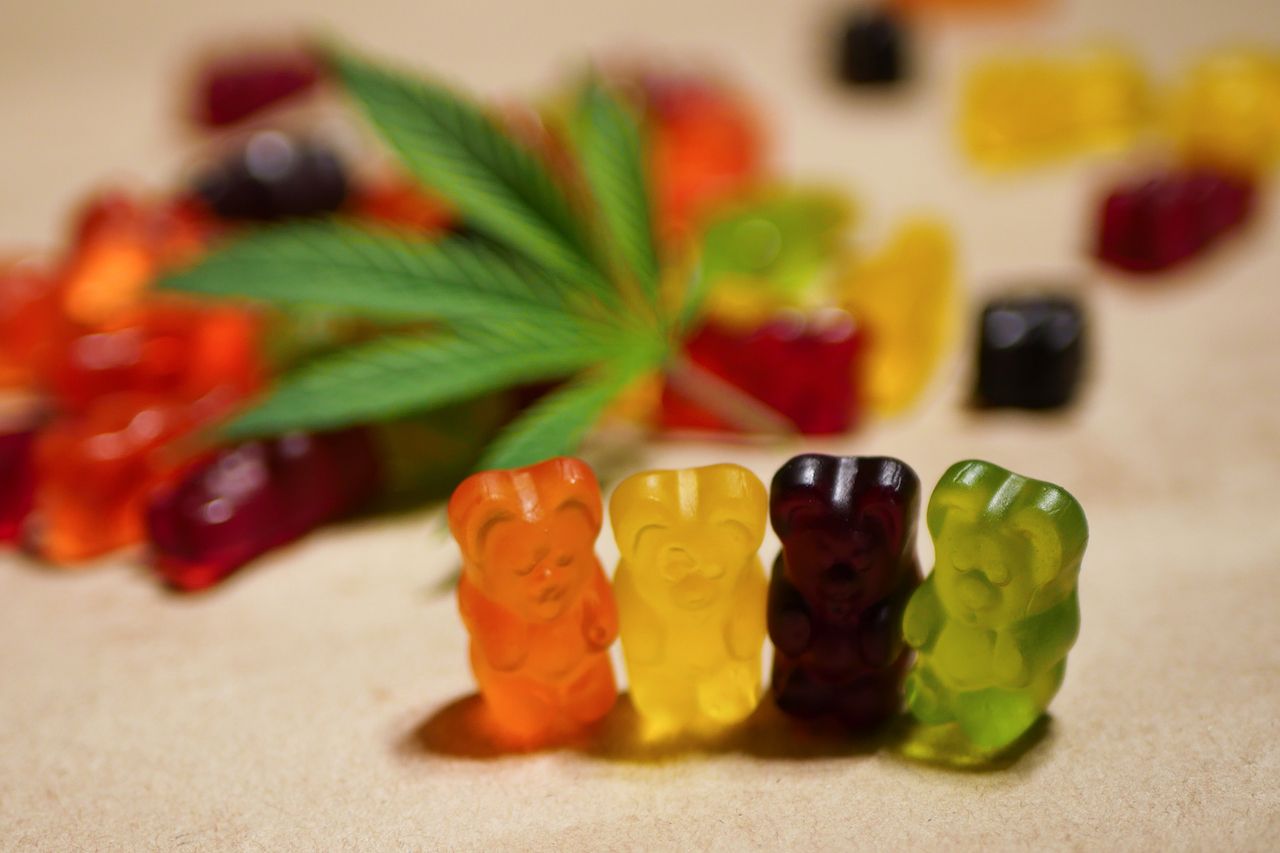It’s easy to be immediately overwhelmed by the types of edibles at dispensaries in recreational cannabis states. As Bob Eschino, cofounder and president of Medically Correct, puts it, “It’s like being a real grocery store now.”
When he and his business partners were getting started more than a decade ago, they were one of the first in the country to have a license to manufacture regulated cannabis. From starting as a small baked goods company to working with THC emulsifying technology, Eschino has just about seen it all.



